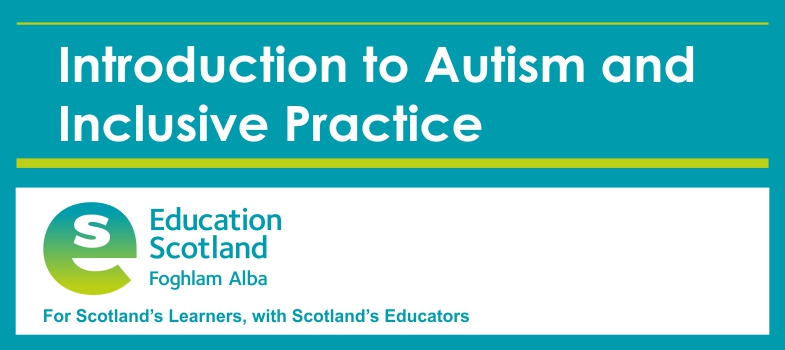6.3 Play, leisure and autism
What is play?
Free play is what happens when children and young people follow their own ideas and interests in their own way, and for their own reasons. They can do this on their own or with others. It can happen inside or outside. Children and young people should be given the choice of how and when they play. Play is just as important for a teenager as it is for a baby or young child.
Stages of play
- sensorimotor
- organising
- functional
- pretend
- stages of social play.
Play and autism
Play is a recognised area of difference in autism. Some children’s pretend play may be viewed as repetitive and stereotypic. Some may engage in more solitary play. Play patterns will vary from child to child.
Adult play partners
At an early developmental stage, play can be most successful one to one with an adult partner. Adults should observe and talk with people who know the child well to find out what is motivating for them. This could include particular toys or characters, movement, sensory experiences, surprise, for example, peekaboo, pop up toys or repetition. Some individuals may prefer non-toy items or parts of items to traditional toys and games. Look for opportunities to incorporate preferred sensory experiences/toys/interests into play situations.
Get down to the child’s level. Play alongside or join the child in play by bringing your own toy into the interaction. Reduce your language; it can be helpful to comment on what is happening in the play rather than ask lots of questions. Keep a gentle pace and remember to wait – give the child time to respond.
Create social routines, for example, Row the Boat, peekaboo. Predictability and repetition can be calming and reassuring. Look for ways to make play have a predictable start and end and, if the child appears to have enjoyed it, repeat and build on previous play experiences. Think about engagement before introducing turn-taking.
Peer play
For some autistic learners, play with a peer or peers may need to be supported. Adaptations to the physical and social environment and to routines and structures should be considered before looking at the learner’s skills. Rather than telling an autistic child how to ask others to play with them or writing them a Social Story about how to play with friends, adults around the child should ask themselves:
- Are games, toys and activities motivating to the learner?
- Is the play on offer at the right developmental level?
- Is the play predictable?
- Are peers and adults seeking to include the child in the play and responsive to their initiations?
- Is the learner provided with opportunities to participate?
- Is there a clear role for the learner?
For further information on play and leisure, go to the Play and Leisure page on the Toolbox.
6.2 Mental health and wellbeing
